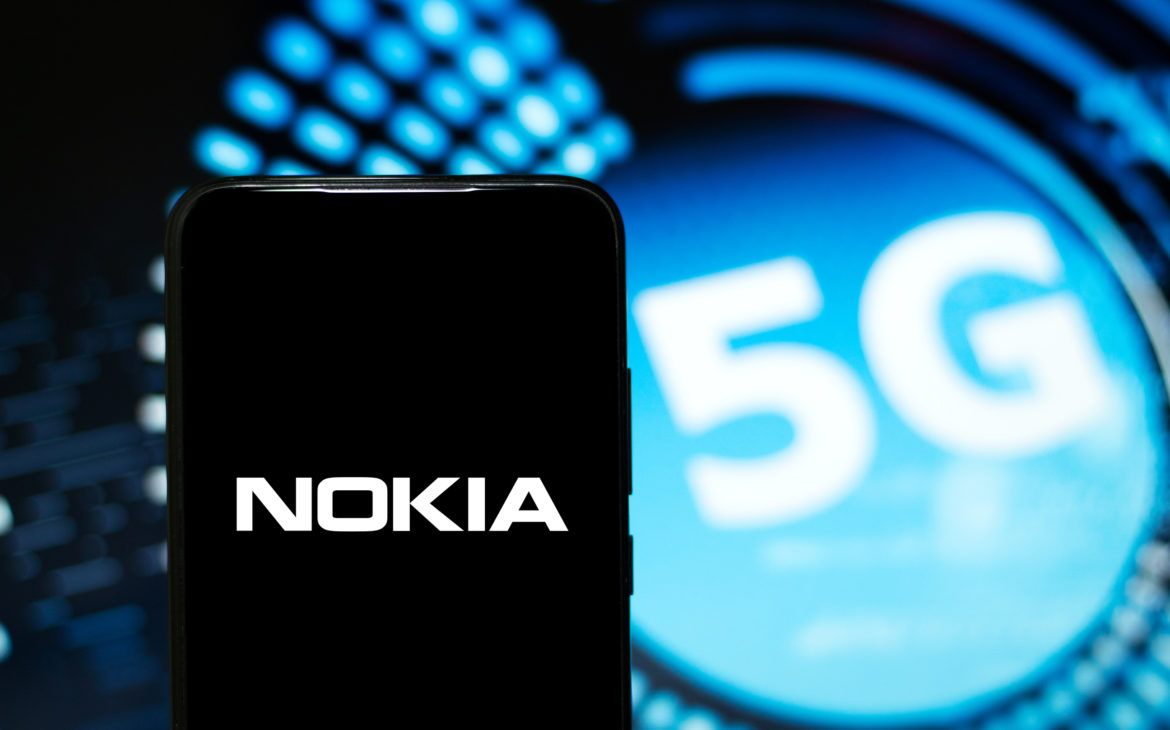Nokia has thus achieved the first system to combine the 700 MHz long-range wireless network with 3500 MHz high-bandwidth frequency. The trial, which took place in a 5G standalone (SA) network environment, paves the way for their partner TWM to deliver enhanced connectivity and capacity. The New Radio Carrier Aggregation (NR CA) combines frequency bands for higher rates and increased coverage, delivering superior network capacity and maximizing the spectral efficiency of 5G networks. The trial was performed with Nokia’s AirScale 5G SA architecture in TWM’s commercial 5G network with 5G equipment from MediaTek. It combined two spectrum bands, frequency division duplex (FDD) in 700 MHz and time division duplex (TDD) at 3500 MHz, which are widely adopted in 5G networks worldwide.
Using FDD in the lower frequency band provides a wide coverage area and ensures lower power consumption, while TDD has higher bandwidth and capacity.
“This trial is an important milestone as we execute our 5G strategy and deliver best-in-class 5G services to our subscribers,” said Tom Koh, Senior Vice President and Chief Technology Officer, Technology Group, Taiwan Mobile, adding that combining SA with NR CA raises user experience to another level as the utilization of spectrum assets and 5G networks are maximized. “We are pleased with our partnership with Nokia as we continue to advance deployment and build a thriving 5G ecosystem,” he concluded.
Nokia is TWM’s sole 5G equipment supplier covering 5G RAN, 5G Core, and 5G IMS, including its latest AirScale Radio Access products. “Aggregating spectrum is an efficient way to enable enhanced coverage and capacity. This successful trial highlights how mobile operators with similar spectrum allocation can achieve similar results,” commented Mark Atkinson, SVP, Radio Access Networks PLM at Nokia.
